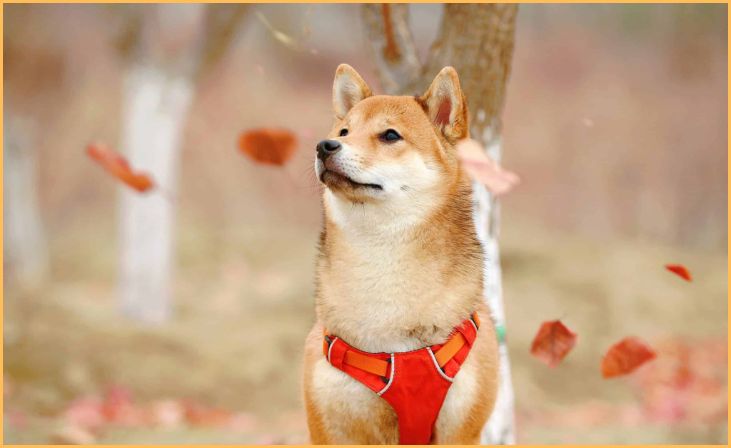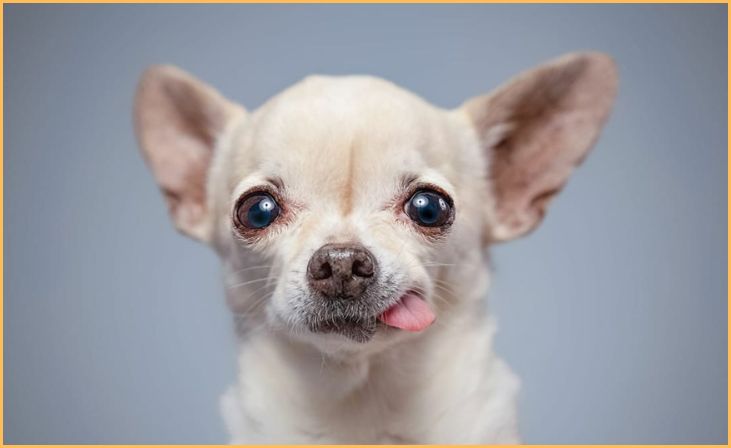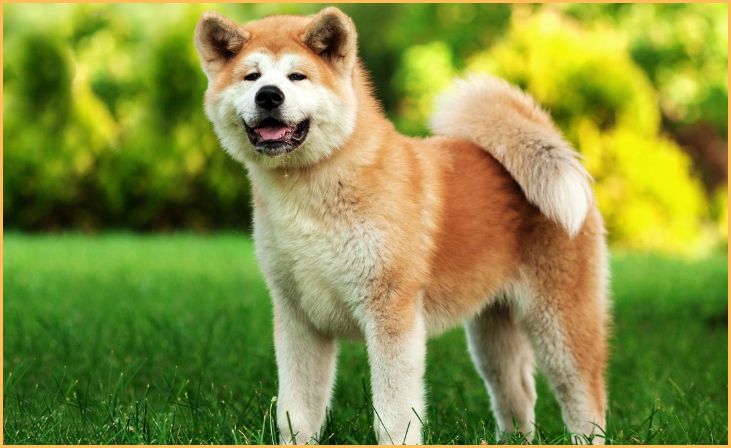Embark on a cultural canine exploration with our blog, “5 Dog Breeds and Their Cultural Significance: Exploring Canine Icons.” Dogs have long been intertwined with human culture, serving as symbols, companions, and even spiritual guardians. In this intriguing journey, we delve into the historical and symbolic roles of five distinct dog breeds, uncovering the deep connections they hold in various societies.
From ancient symbolism to modern-day symbolism, these breeds have left indelible pawprints on our shared human experience, shaping narratives, traditions, and fostering a bond that transcends time. Join us in unraveling the rich tapestry of cultural significance woven by these iconic breeds, showcasing the profound impact our four-legged friends have had on cultures around the world.
Dog Breeds and Their Cultural Significance
Dive into cultural tales with our blog, ‘Dog Breeds and Their Cultural Significance,’ as we unveil the unique roles these breeds have played in shaping traditions, spirituality, and societal symbolism. Explore the fascinating interplay between humanity and its canine companions throughout history.
1. Shiba Inu (Japan): Symbol of Loyalty and Independence

The Shiba Inu, originating from Japan, stands as a symbol of loyalty and independence deeply rooted in the country’s culture. Revered for its spirited and alert demeanor, the Shiba Inu has historical significance as a hunting companion. Its loyalty to its owner reflects the essence of fidelity highly esteemed in Japanese culture. Moreover, the breed’s independence, a trait embedded in its DNA, mirrors the Japanese value of self-reliance.
In Japan, the Shiba Inu is celebrated in art, folklore, and even as a national monument, embodying the spirit of loyalty and autonomy. This breed’s cultural significance extends beyond its physical presence, encapsulating the ideals of devotion and self-sufficiency cherished in the rich tapestry of Japanese heritage.
For More- 9 Dog Breeds with Short Lives: Understanding Their Unique Challenges
2. Dalmatian (Croatia): Heroes of Fire Stations

Originating from Croatia, the Dalmatian breed has earned a distinctive cultural role as the “Heroes of Fire Stations.” Revered for their unique coat adorned with black or liver-colored spots, Dalmatians have a historical association with horse-drawn fire carriages. In the early days of firefighting, Dalmatians were valued for their agility, endurance, and the ability to clear the way for fire crews. Their presence in fire stations became iconic, symbolizing bravery and swift response.
The tradition persists today, with Dalmatians often seen as mascots in firehouses worldwide. Beyond their visual appeal, Dalmatians hold a special place in firefighting lore, showcasing how a canine companion can become a cultural symbol of courage and protection.
3. Basenji (Democratic Republic of Congo): Ancient African Elegance

Hailing from the Democratic Republic of Congo, the Basenji is a breed that encapsulates “Ancient African Elegance.” Known as the “Barkless Dog,” the Basenji’s history dates back thousands of years, making it one of the oldest known dog breeds. Revered for its grace and sleek physique, the Basenji was historically used for hunting in African cultures. Its unique trait of not barking but rather emitting a yodel-like sound adds to its mystique.
The Basenji’s cultural significance lies in its connection to ancient African traditions, symbolizing both elegance and utility. Today, the breed continues to enchant with its regal presence, embodying the timeless grace that echoes through the rich tapestry of African heritage.
4. Chihuahua (Mexico): A National Treasure

In Mexico, the Chihuahua holds a cherished status as a “National Treasure.” Revered for its diminutive size and spirited personality, the Chihuahua is deeply embedded in Mexican culture. This breed’s cultural significance is apparent in its representation as a symbol of loyalty, protection, and companionship. Often featured in Mexican folklore and art, Chihuahuas are celebrated as esteemed companions and are even associated with the ancient Toltec civilization.
With a spirited demeanor that belies its small stature, the Chihuahua has become more than a pet; it is an emblematic representation of Mexican pride and warmth. This tiny canine, with a heart as vast as its cultural significance, continues to capture the hearts of people both within and beyond the borders of Mexico.
5. Akita Inu (Japan): Guardians of Loyalty and Bravery

The Akita Inu, originating from Japan, assumes a revered role as “Guardians of Loyalty and Bravery.” Deeply ingrained in Japanese culture, Akitas are hailed for their unwavering loyalty and courageous spirit. In Japan, these majestic dogs are regarded as symbols of good health, happiness, and long life. Renowned for their strength and resilience, Akitas have historically been associated with the Shogun, embodying qualities of honor and protection.
Their presence in Japanese folklore further cements their status as guardians, showcasing the breed’s cultural significance in epitomizing loyalty and bravery. Today, Akitas continue to be cherished in Japan and worldwide, not just as majestic companions but as living embodiments of the enduring virtues celebrated in Japanese heritage.
Also Read- 8 Essential Steps to Successfully Save a Stranded Dog
Conclusion
As we conclude our journey through “5 Dog Breeds and Their Cultural Significance: Exploring Canine Icons,” we’ve embarked on a cultural odyssey celebrating the unique roles these dogs play in shaping societies. From the loyalty of the Akita Inu to the bravery of the Dalmatian, each breed has left an indelible mark, transcending mere companionship to become symbols of cultural pride and tradition. These canine icons reflect the enduring connection between humans and dogs, revealing how our four-legged friends have become cultural ambassadors, embodying values, and weaving themselves into the rich tapestry of our shared histories.
FAQs
Cultural symbols imbue these breeds with meaning, influencing their roles as companions, protectors, and even spiritual guides, reflecting the values and beliefs of their respective cultures.
Yes, many of these cultural roles persist today, as these breeds continue to be celebrated, recognized, and even utilized for their historical significance in various cultural contexts.
These breeds often feature prominently in art and folklore, symbolizing various virtues and embodying cultural ideals, contributing to a rich tapestry of stories, myths, and artistic representations.






